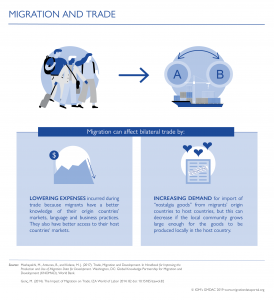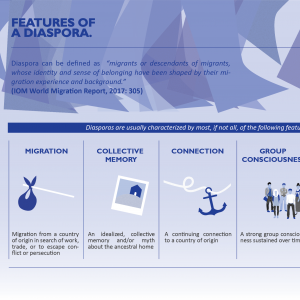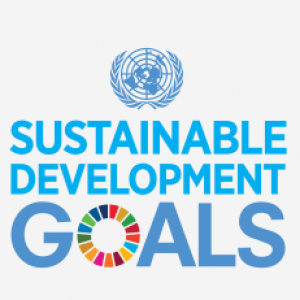In Switzerland’s official statistics, the concept of “migration status” was developed a decade ago. It distinguishes the population with a migration background – including first and second generation migrants – from the population without a migration background. This typology is based on five variables: current nationality, nationality at birth and place of birth of the person, place of birth of the person’s mother, and of the person’s father. Since not all these variables are available in all surveys, some indicators cannot be disaggregated by migration status using this definition. In these cases, the FSO uses less complex disaggregations, for example by nationality, place of birth or a combination of both.
A vast set of indicators describing the situation of the population with a migration background is presented in Switzerland’s own indicator system on integration. It covers eight areas of life: education, labour market, living conditions and poverty, language, family, health, civic life, and social cohesion. This indicator system is not directly linked to the SDG indicators.
Switzerland’s MONET 2030 indicator system monitors sustainable development and the implementation of the 2030 Agenda at Swiss level. It presents several indicators disaggregated by migration-related variables or that provide information on that topic, including:
| SDG Target | Monet Indicator | Disaggregation |
|---|---|---|
| 4.4, 4.5, 10.7 | First diploma rate at upper secondary level | Swiss born in Switzerland, Foreigners born abroad |
| 4.6 | Participation in continuing education | Swiss nationals, Foreign nationals |
| 10.7 |
Coming soon: Poverty rate by migration status To-date: Risk of poverty by migration status |
Population with a migration background; Population without a migration background |
| 10.7 | Unemployment rate by migration status | Population with a migration background; Population without a migration background |
| 10c | Remittances by migrants | N/A |
The datasets underlying the MONET indicators would in many cases allow for disaggregation by migration-related variables, however, due to limited resources, this disaggregation is not always published.
Switzerland also provides data for SDG indicator 10.3.1 (Human rights violations), namely concerning the experience of discrimination. The data is disaggregated by migration status. For this, the relevant questions, including those on both parents' places of birth, had to be included in the questionnaire collecting the data on the experience of discrimination. While the information on nationality and place of birth is largely available in registers and thus in the sampling frame, three questions would need to be “added” to the survey questionnaire in order to be able to construct migration status. This is a significant investment given that the length of surveys has to be closely controlled in the context of declining response rates. In some cases, Switzerland therefore simply uses the combination of nationality and place of birth when considering indicators related to inequalities in the context of migration.
The FSO is fortunate to be able to rely on good quality data from administrative registers, which makes variables such as nationality and country of birth available in most statistical areas. The complex typology of migration status was developed in order to gain a more comprehensive view of inequality challenges in the area of migration. It is a valuable contribution to enable more in-depth analysis, however, the additional steps described above would need to be taken in order to be able to provide disaggregation by migration status using this classification.
For more information on Migration Data and the SDGs, visit the Portal's SDG section here.







